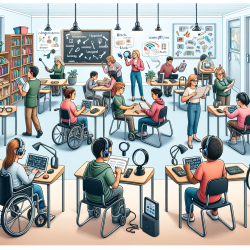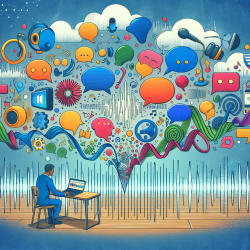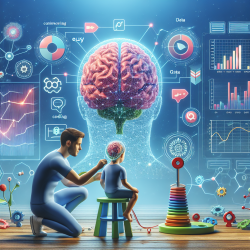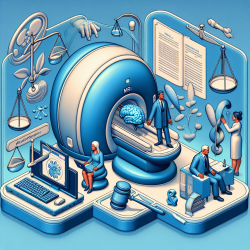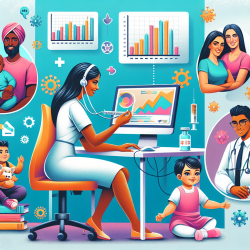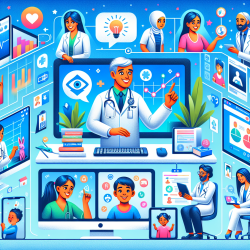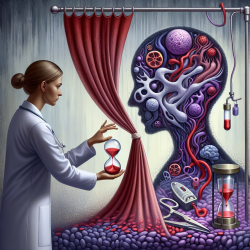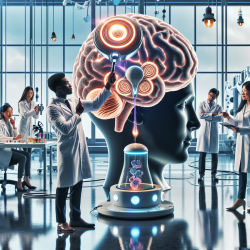Introduction
The digital revolution is reshaping the educational landscape, offering unprecedented opportunities for students with disabilities. Assistive technology (AT) and Universal Design for Learning (UDL) are at the forefront of this transformation, providing tools that enhance independence, participation, and academic achievement. As technology becomes integral to daily life, its integration into educational programs is both inevitable and essential.
The Role of Assistive Technology
Assistive technology is defined as any item or system used to increase, maintain, or improve the functional capabilities of individuals with disabilities. These tools range from simple, low-tech devices to sophisticated, high-tech solutions, all designed to help students overcome academic challenges and transition to postsecondary settings.
For instance, a calculator can be more practical than teaching basic math to older students. Similarly, a talking calculator aids students with speech difficulties, enabling them to use it independently.
Universal Design for Learning
UDL is a framework that provides flexibility in how information is presented and how students demonstrate their knowledge. It aims to reduce instructional barriers and offer appropriate accommodations, ensuring high achievement expectations for all students. By designing accessible environments, UDL minimizes the need for individual accommodations, making education more inclusive.
Benefits of Assistive Technology in UDL
- Maximizes independence in academic and employment tasks.
- Facilitates participation in classroom discussions.
- Provides access to peers, mentors, and role models.
- Enables mastery of academic tasks otherwise unattainable.
- Ensures access to a full range of educational options.
- Offers experiences not otherwise possible.
- Supports success in work-based learning experiences.
- Promotes high levels of independent living.
Challenges and Recommendations
Despite its benefits, several obstacles hinder the widespread adoption of assistive technology. These include high costs, abandonment by students, and training needs. To overcome these challenges, educators must:
- Identify funding resources during the transition process.
- Assess students' needs to select appropriate technology.
- Provide proper training for effective use.
Conclusion
Assistive technology and UDL are crucial in empowering students with disabilities to achieve academic success and independence. By embracing these tools, educators can create inclusive learning environments that cater to diverse needs. For more information, please follow this link.
